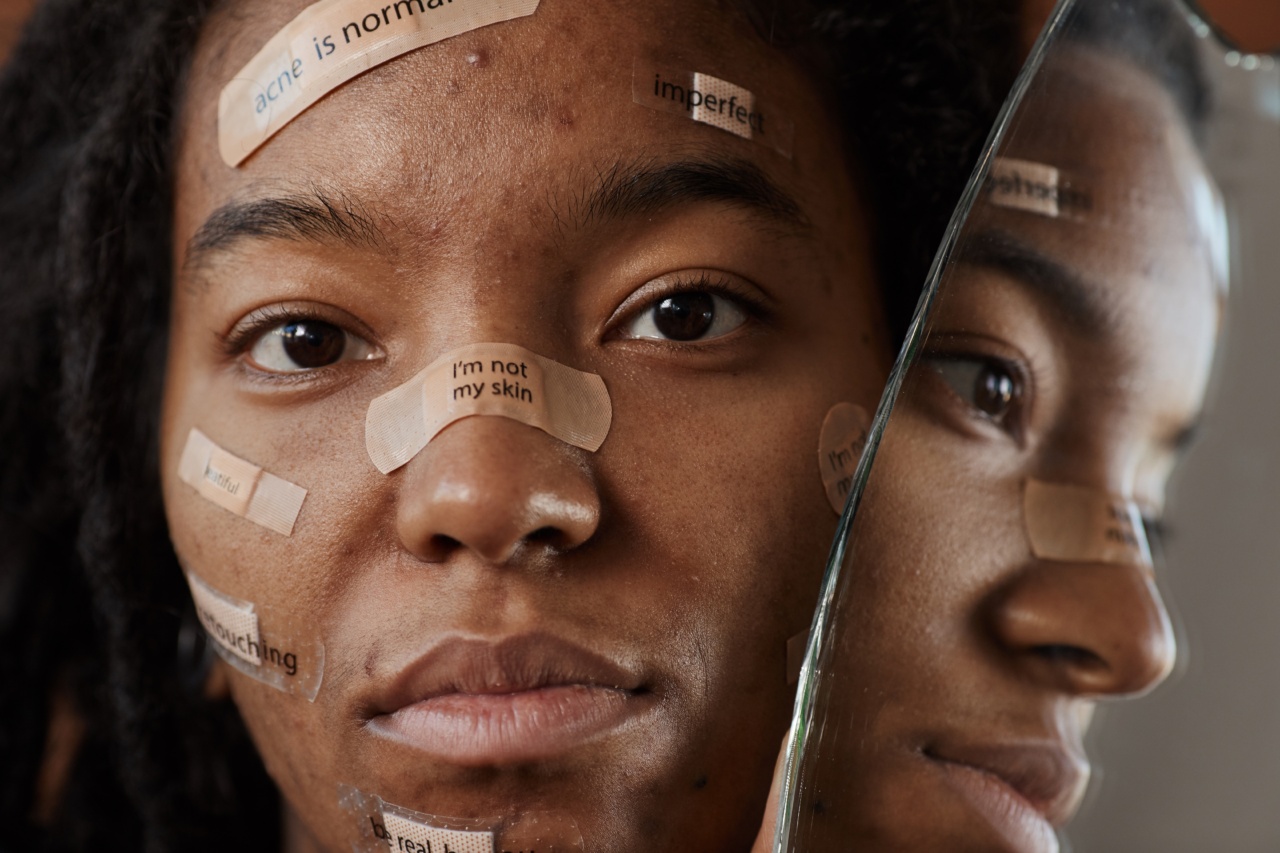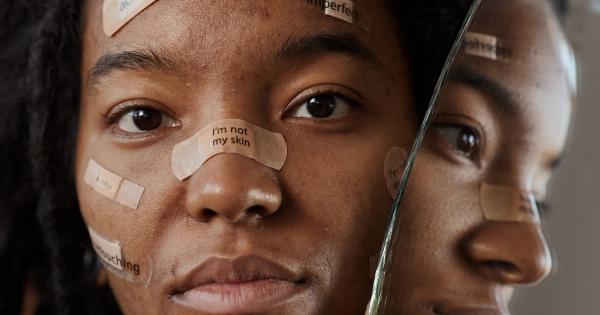Acne is a common skin condition that typically affects teenagers, but it can also occur in adults. While it is more prevalent in females, acne can affect both sexes.
There are several factors that can contribute to the development of adult acne, including:.
1. Hormones
Hormonal imbalances are one of the primary causes of adult acne. In women, hormonal imbalances can occur due to menopause, pregnancy, menstrual cycle, or when using hormonal birth control. In men, high levels of androgens (male hormones) can cause acne.
Hormones influence the production of sebum (oil) in the skin and lead to clogged pores and the development of pimples or cysts.
2. Stress
Stress is another significant factor that can cause adult acne. When you’re under stress, your body releases the hormone cortisol, which can lead to increased sebum production and clogged pores.
Additionally, stress can weaken the immune system, which can make it more difficult for the body to fight off acne-causing bacteria and inflammation.
3. Diet
Your diet can also play a role in the development of adult acne. Foods that are high in sugar, dairy, and refined carbohydrates can increase insulin levels in the body, which can, in turn, trigger inflammation and breakouts.
Some studies have also suggested a link between a diet high in animal fats and acne.
4. Medications
Medications can also contribute to the development of adult acne. Certain oral contraceptives, corticosteroids, and anticonvulsants can cause acne-like eruptions on the face and body.
Additionally, some topical medications that contain anabolic steroids or lithium can also exacerbate acne.
5. Genetics
Genetics can also play a role in adult acne. If you have a family history of acne, you may be more prone to the condition.
Certain genetic variations can also impact the way your skin produces oil and reacts to bacteria, making you more susceptible to acne.
6. Environmental factors
Environmental factors can also contribute to the development of adult acne. Pollution, humidity, and harsh chemicals can all irritate the skin, leading to breakouts.
Additionally, wearing tight-fitting clothing or using heavy cosmetics can trap sweat and bacteria against the skin, increasing the risk of acne.
7. Lifestyle factors
Lifestyle factors like smoking and lack of sleep can also contribute to adult acne. Smoking can reduce blood flow to the skin, which can make it more difficult for the body to heal acne wounds.
Additionally, lack of sleep can lead to stress, which can cause hormonal imbalances and lead to increased sebum production.
8. Existing skin conditions
If you have existing skin conditions like rosacea or psoriasis, you may also be more prone to adult acne. These conditions can make the skin more sensitive and susceptible to irritation, which can increase the risk of breakouts.
9. Job-related factors
Certain job-related factors can also contribute to adult acne. For example, individuals who work in industries where they are exposed to oils and greasy substances like cooking oil or machine lubricants may be at a higher risk of developing acne.
Additionally, individuals who wear tight-fitting helmets or equipment that rubs against the skin can also experience breakouts.
10. Physical activity
While regular exercise is beneficial for your overall health, certain types of physical activity can contribute to adult acne.
For example, activities that involve wearing tight-fitting clothing or helmets can trap sweat and bacteria against the skin, increasing the risk of breakouts. Additionally, friction from running or biking can irritate the skin, leading to inflammation and pimples.






























